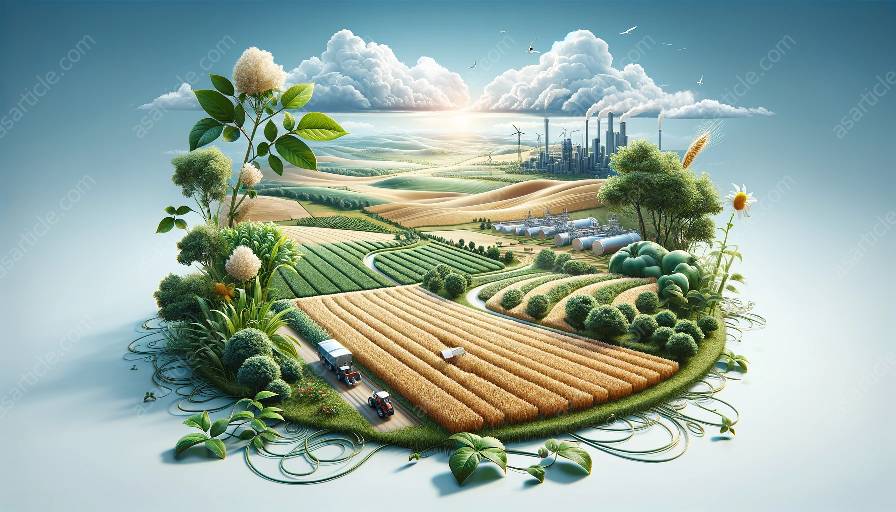Understanding the complex and vital relationships between plants and animals is essential in the field of agricultural sciences. These interactions play a significant role in maintaining agricultural biodiversity, as well as in the overall sustainability and productivity of agricultural systems.
1. Types of Plant-Animal Interactions
Plant-animal interactions in agriculture encompass a wide range of relationships, including mutualistic, commensal, and antagonistic interactions. Mutualistic interactions, such as pollination and seed dispersal by animals, are crucial for the reproduction and survival of many plant species. On the other hand, antagonistic interactions, such as herbivory, can pose significant challenges to agricultural productivity.
2. Importance of Plant-Animal Interactions
These interactions are vital for maintaining ecosystem health and function, as well as for sustaining agricultural productivity. For instance, pollinators, such as bees and butterflies, play a crucial role in the production of many fruits and vegetables. Similarly, natural predators and parasitoids help control pest populations in agricultural systems, reducing the need for chemical pesticides.
3. Agricultural Biodiversity and Plant-Animal Interactions
Agricultural biodiversity is closely linked to plant-animal interactions, as diverse plant and animal species contribute to the resilience and sustainability of agricultural systems. For example, diverse plant communities can support a greater variety of pollinators and natural enemies of pests, enhancing overall ecosystem services and reducing reliance on external inputs.
4. Conservation and Management of Plant-Animal Interactions
Conserving and managing plant-animal interactions in agriculture is crucial for promoting sustainable and resilient agroecosystems. This can be achieved through practices such as maintaining native habitat, creating buffer zones, and implementing agroforestry systems, all of which can enhance biodiversity and support vital plant-animal interactions.
5. Future Research and Innovations
Continued research and innovation in the field of plant-animal interactions in agriculture are essential for addressing current and future challenges, such as climate change and increasing demand for food. Cutting-edge technologies, such as precision agriculture and genetic engineering, offer potential avenues for optimizing plant-animal interactions to enhance agricultural sustainability and productivity.
Conclusion
Plant-animal interactions in agriculture are intricate, multifaceted, and critically important for the sustainability and productivity of agricultural systems. Understanding and fostering these interactions is essential for promoting agricultural biodiversity, enhancing ecosystem services, and ensuring food security for future generations.

